Throughout history, certain architectural wonders have pushed the boundaries of design and engineering. These structures not only amazed the world during their time but continue to inspire awe today. Each one tells a story of human ambition and creativity. Let’s explore some of these extraordinary achievements and discover what makes them so remarkable.
The Great Pyramids of Giza, Egypt
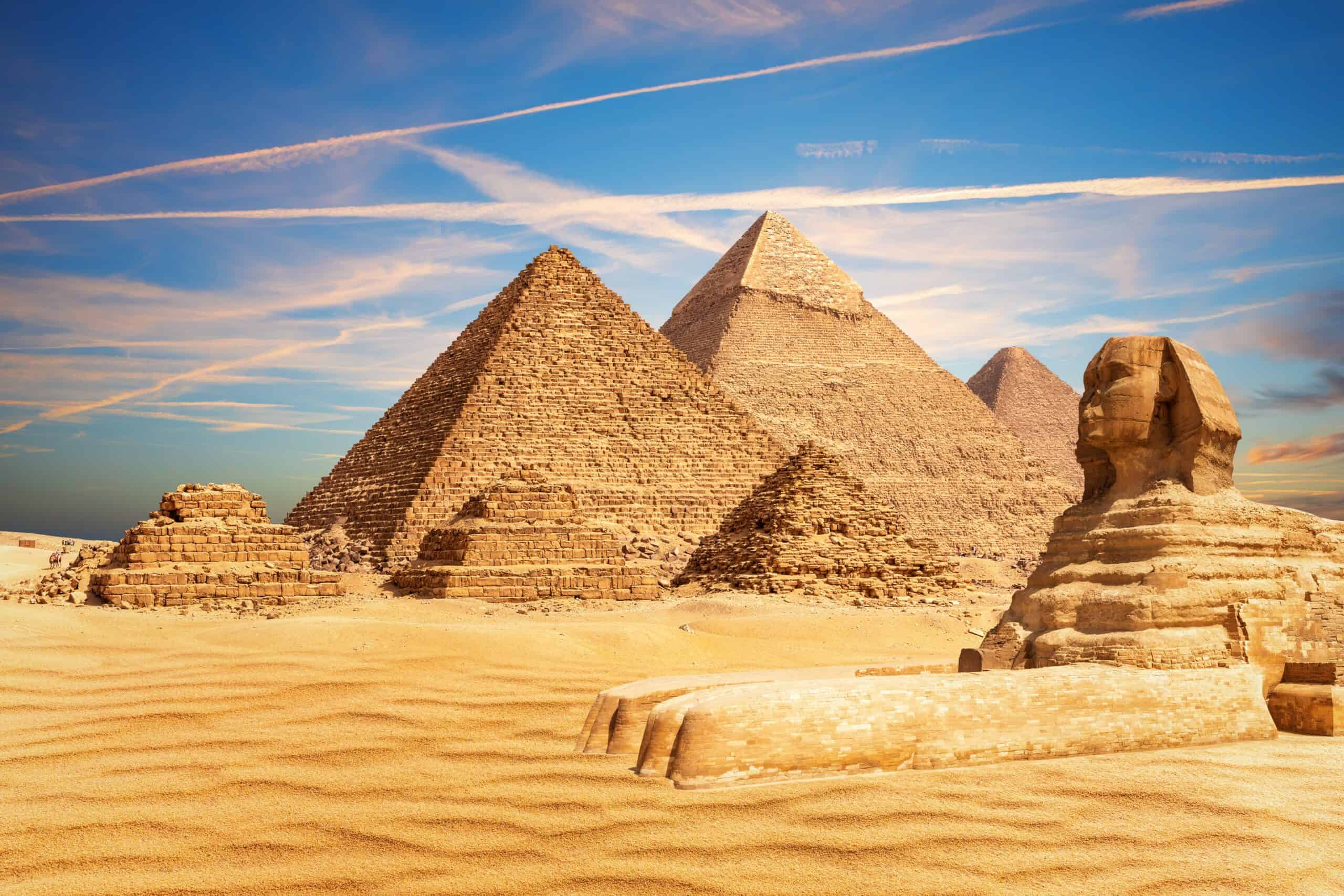
The Great Pyramids of Giza are a testament to the ingenuity of ancient Egyptian civilization. Built over 4,500 years ago, these massive structures were constructed with precise alignment and staggering size, especially the Great Pyramid of Khufu. Rising 481 feet, it was the tallest man-made structure in the world for nearly 4,000 years. The pyramids served as tombs for pharaohs and have withstood the test of time, showcasing the Egyptians’ mastery of engineering, mathematics, and architectural foresight.
The Colosseum, Rome, Italy
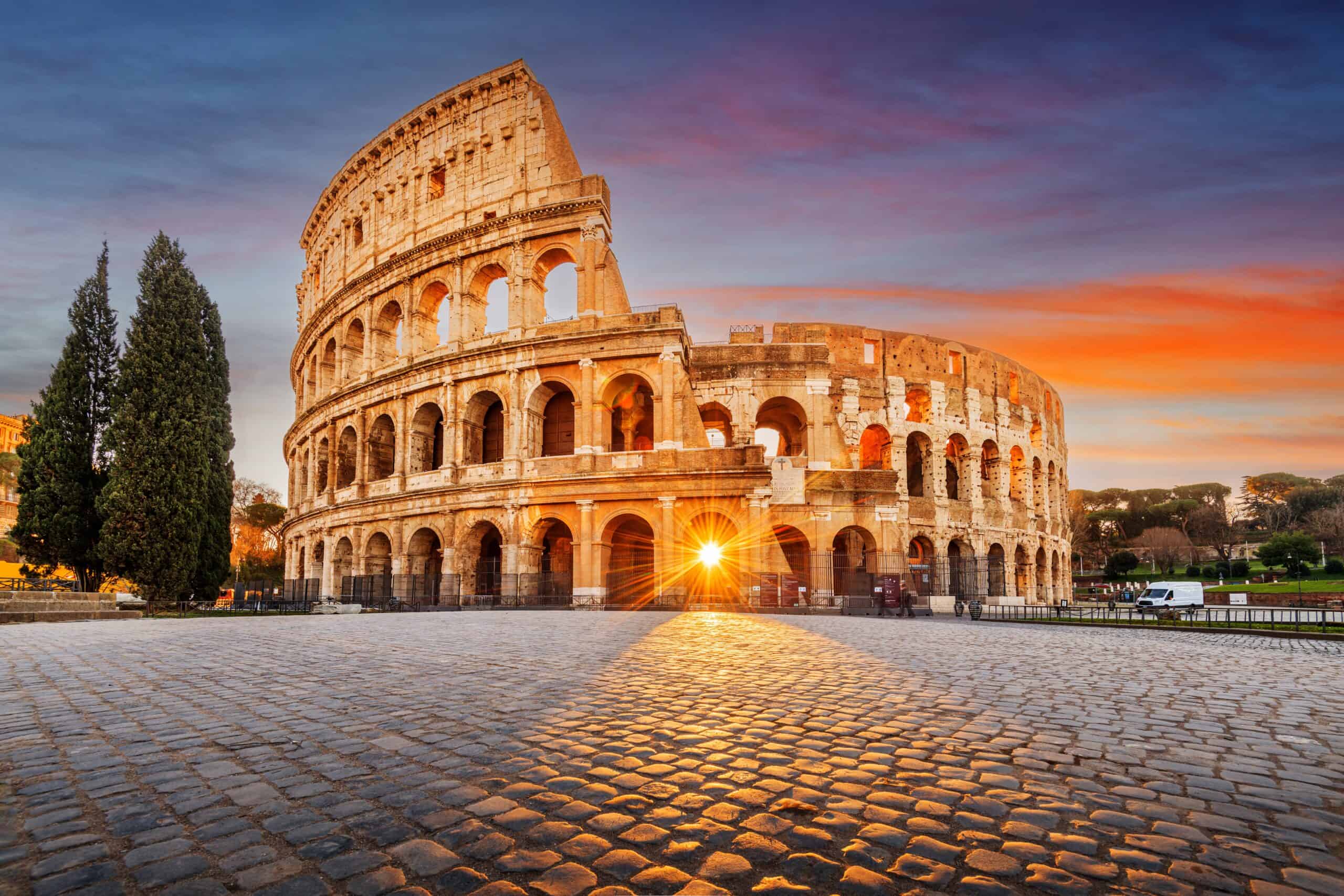
The Colosseum is an iconic symbol of Roman architectural innovation and entertainment. Completed in 80 AD, this massive amphitheater could hold up to 50,000 spectators who gathered to witness gladiatorial combat and public spectacles. Its elliptical design and complex system of vaults, arches, and retractable awnings demonstrate advanced engineering techniques. Despite centuries of damage from earthquakes and stone scavenging, the Colosseum remains a remarkable reminder of Rome’s architectural prowess.
The Great Wall of China, China
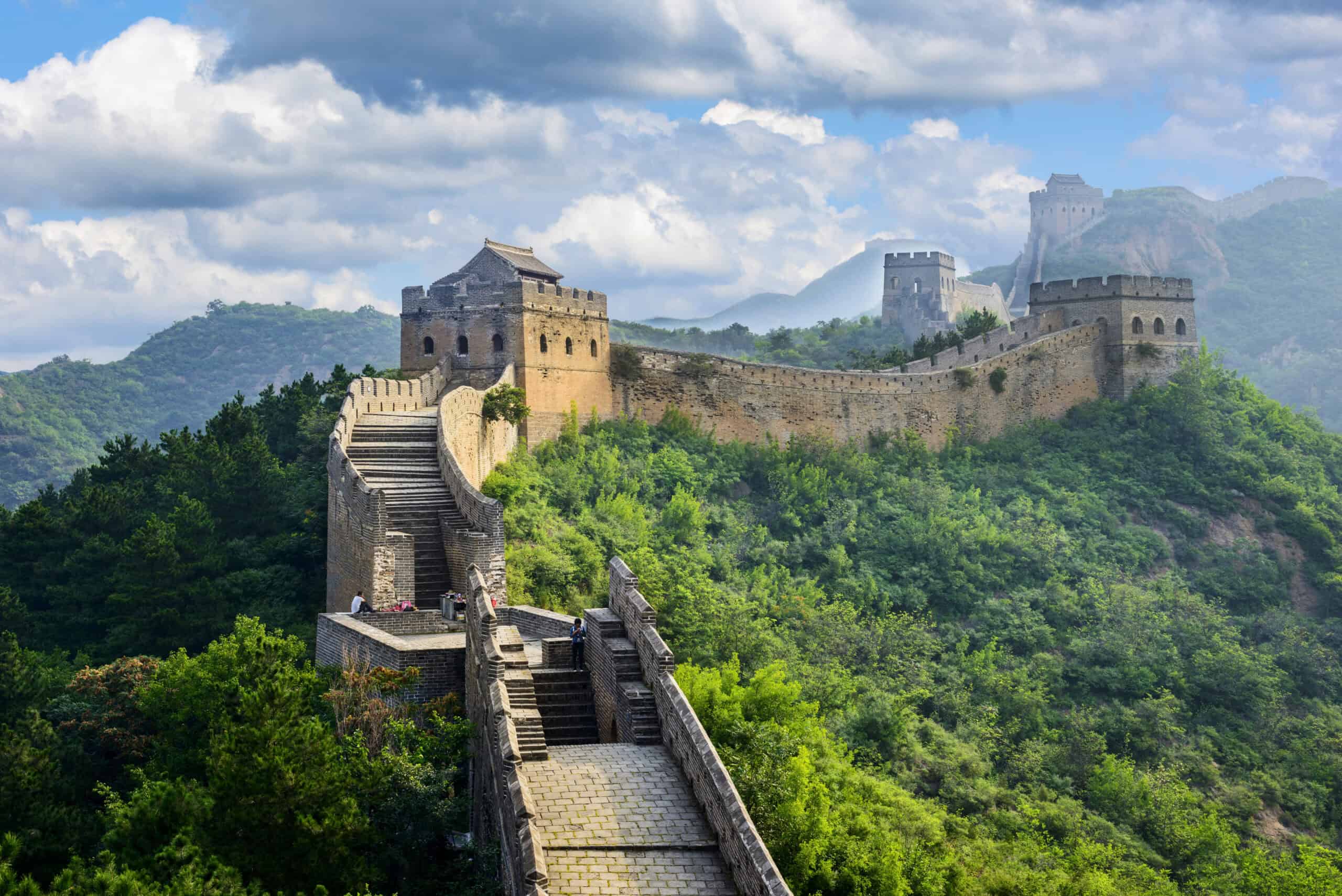
Stretching over 13,000 miles, the Great Wall of China is one of the most ambitious construction projects in human history. Built to protect China from northern invaders, the wall’s earliest sections date back to the 7th century BC. Over centuries, it was expanded and reinforced, with the Ming Dynasty responsible for much of its current form. The wall crosses diverse terrain, from mountains to deserts, and its scale, along with the labor it required, defied expectations.
The Hagia Sophia, Istanbul, Turkey
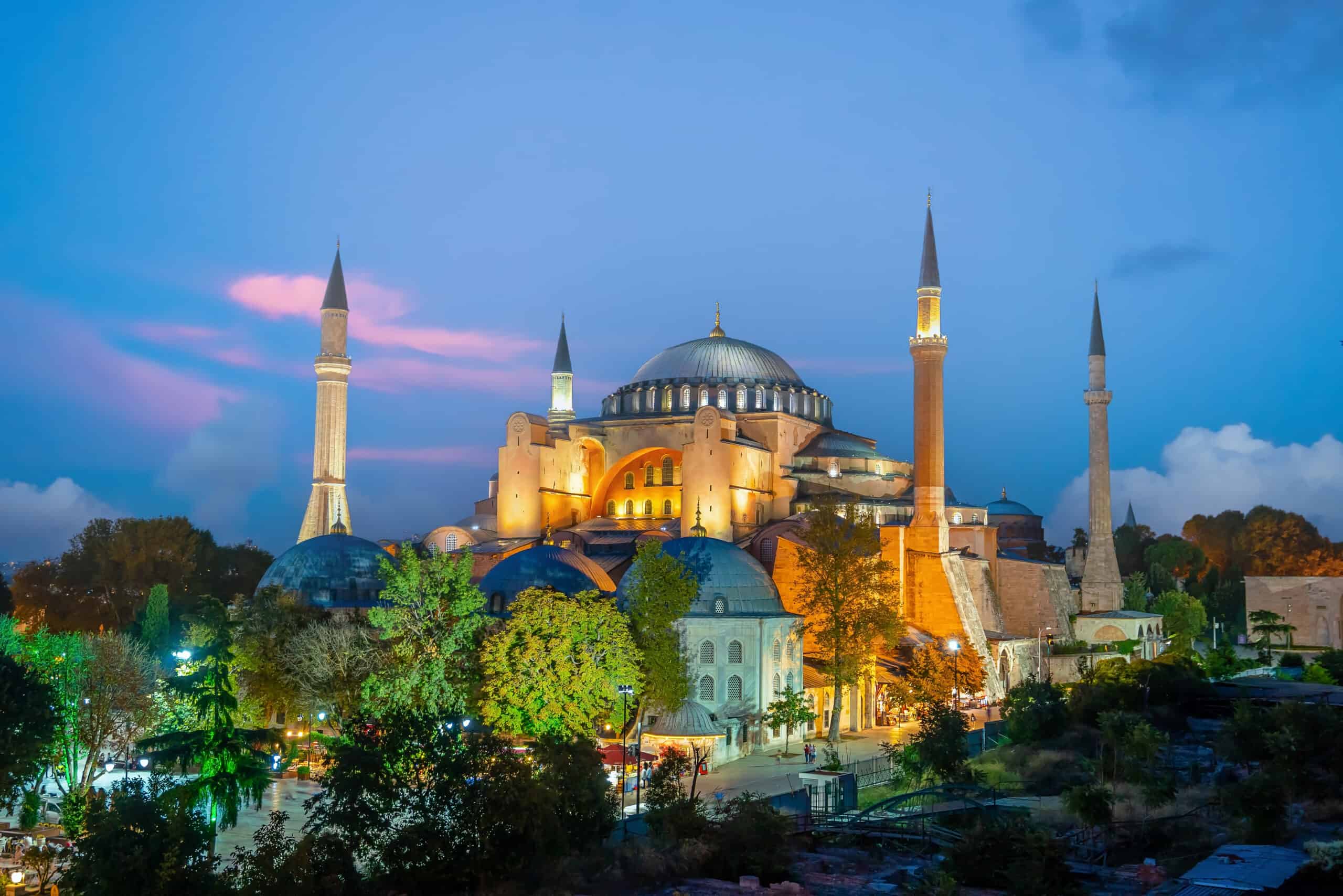
Originally constructed as a cathedral in 537 AD, the Hagia Sophia in Istanbul was a revolutionary architectural achievement for its time. Its massive dome, spanning 102 feet in diameter, seemed to float above the expansive interior, defying the engineering limits of the era. Throughout its history, the Hagia Sophia has served as a church, mosque, and now a museum, standing as a symbol of the city’s rich cultural and architectural heritage.
Machu Picchu, Peru
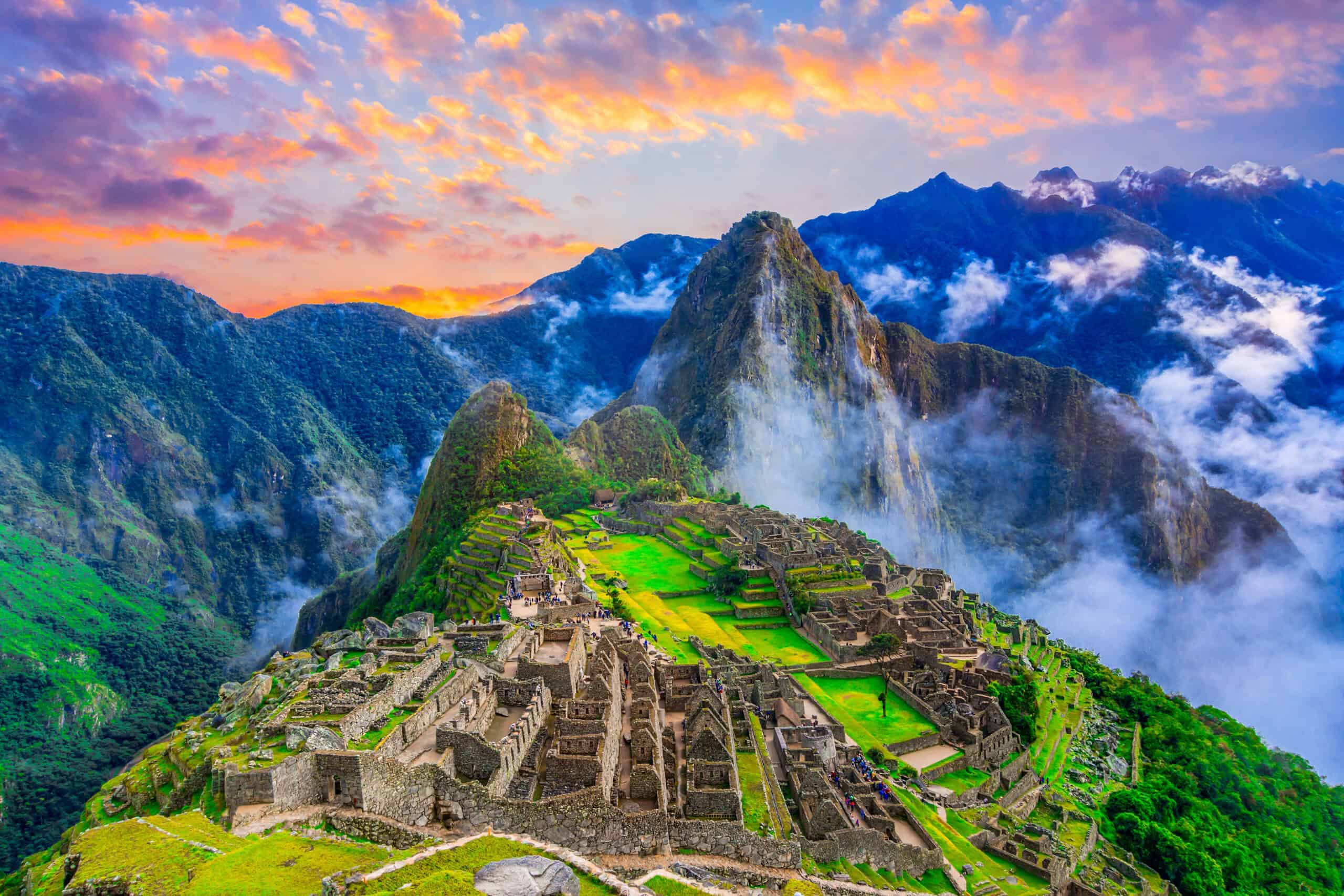
Machu Picchu, nestled high in the Andes Mountains, was built by the Inca civilization in the 15th century. This ancient citadel is renowned for its advanced dry-stone construction, with walls so precisely built that not even a knife blade can fit between the stones. The site’s terraces, temples, and dwellings were carefully integrated with the natural landscape, making Machu Picchu an architectural wonder that harmonizes with its surroundings while showcasing the ingenuity of the Inca builders.
The Eiffel Tower, Paris, France
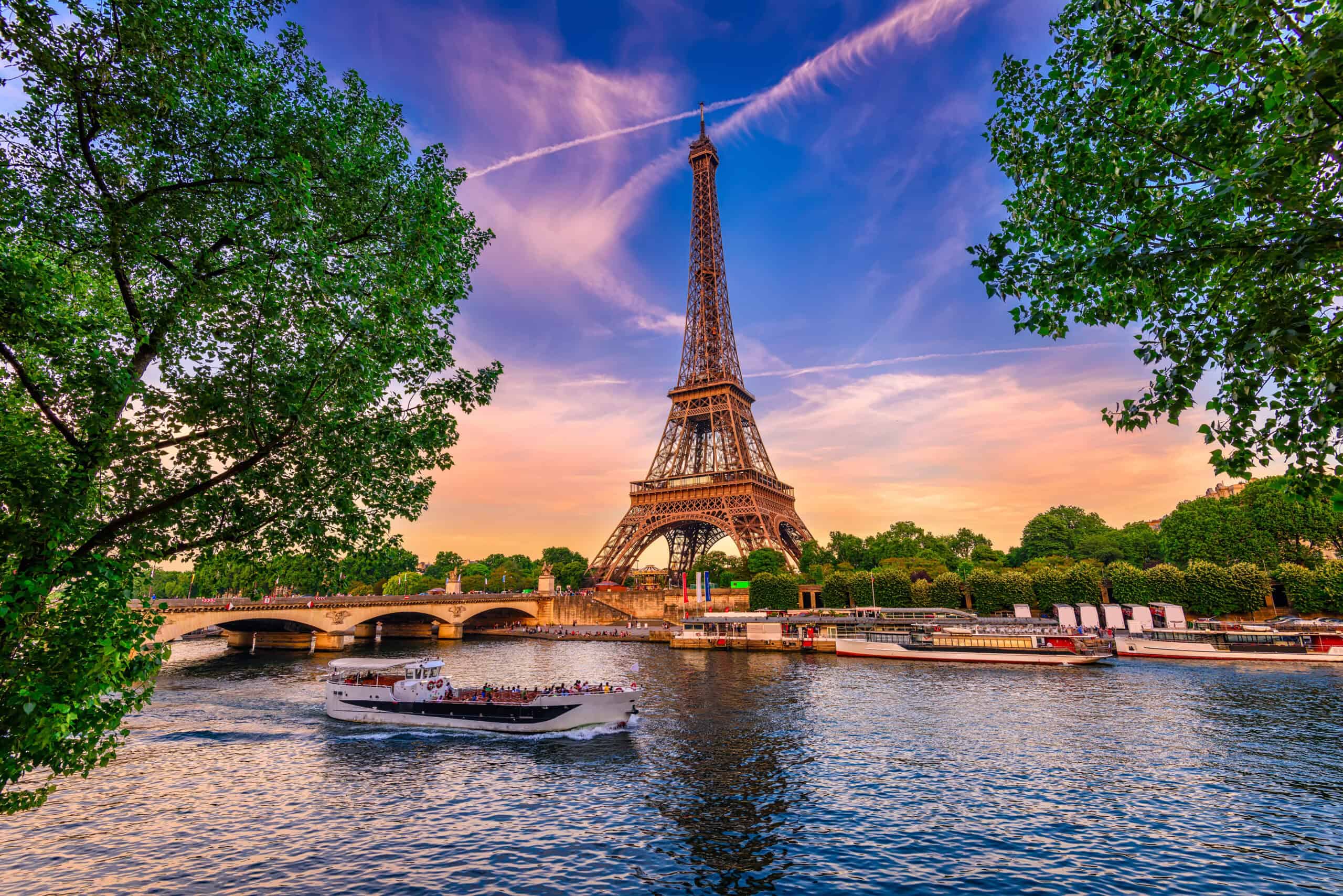
The Eiffel Tower, initially criticized by many Parisians, has become a global symbol of France and architectural modernism. Completed in 1889 for the World’s Fair, it stands 1,083 feet tall, an unprecedented height for its time. Made of iron lattice, the tower was a radical departure from traditional stone structures. It was initially intended to be dismantled after the fair, but its innovative design and popularity ensured its permanent place in history.
The Taj Mahal, Agra, India
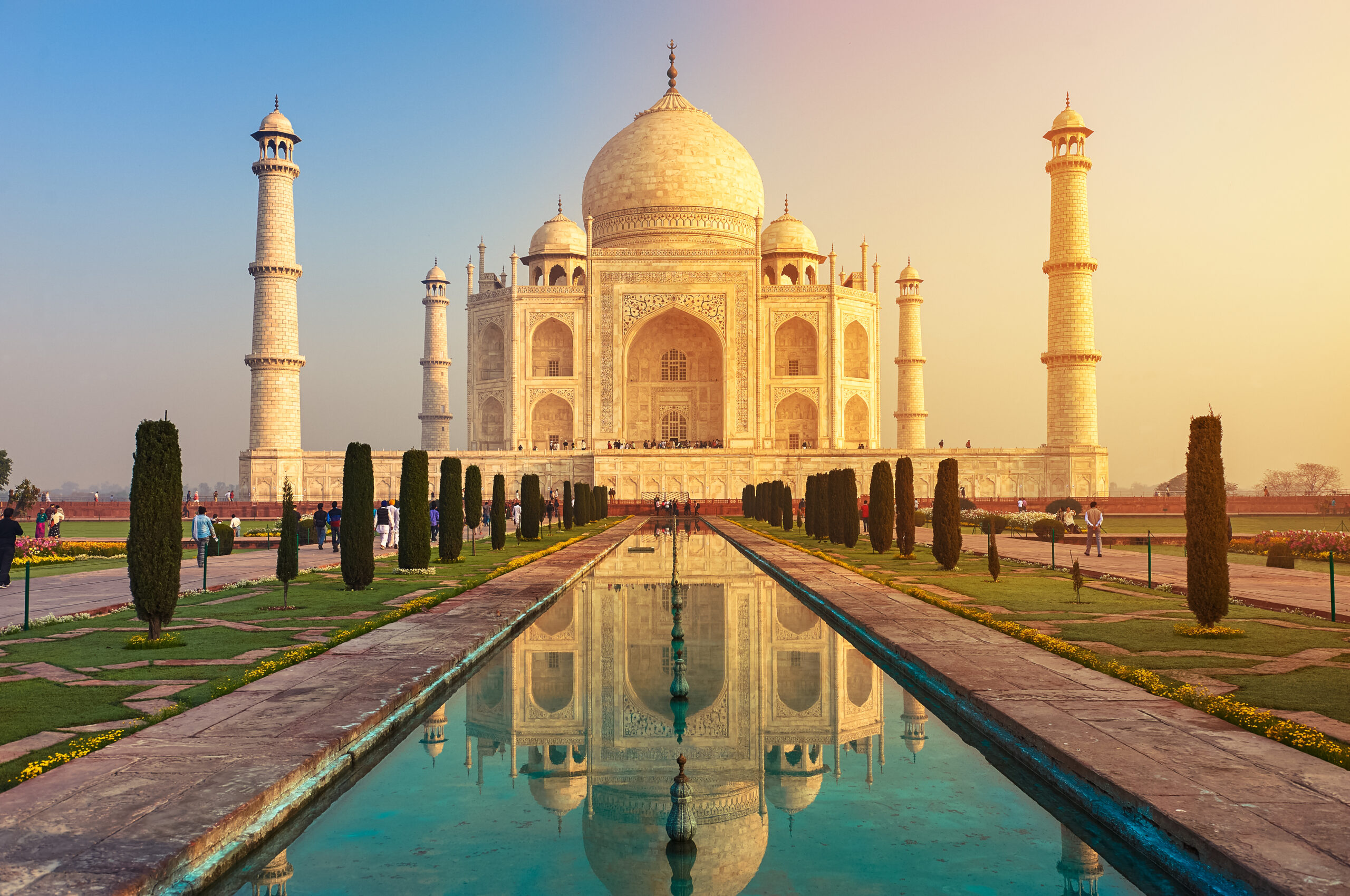
The Taj Mahal, a stunning symbol of love and architectural brilliance, was completed in 1653. Emperor Shah Jahan commissioned this mausoleum in memory of his beloved wife, Mumtaz Mahal. The white marble structure, adorned with intricate carvings, gemstones, and symmetrical gardens, is a perfect example of Mughal architecture. Its central dome, flanked by four minarets, creates a balanced and awe-inspiring sight, making it one of the most admired and recognized buildings in the world.
The Parthenon, Athens, Greece
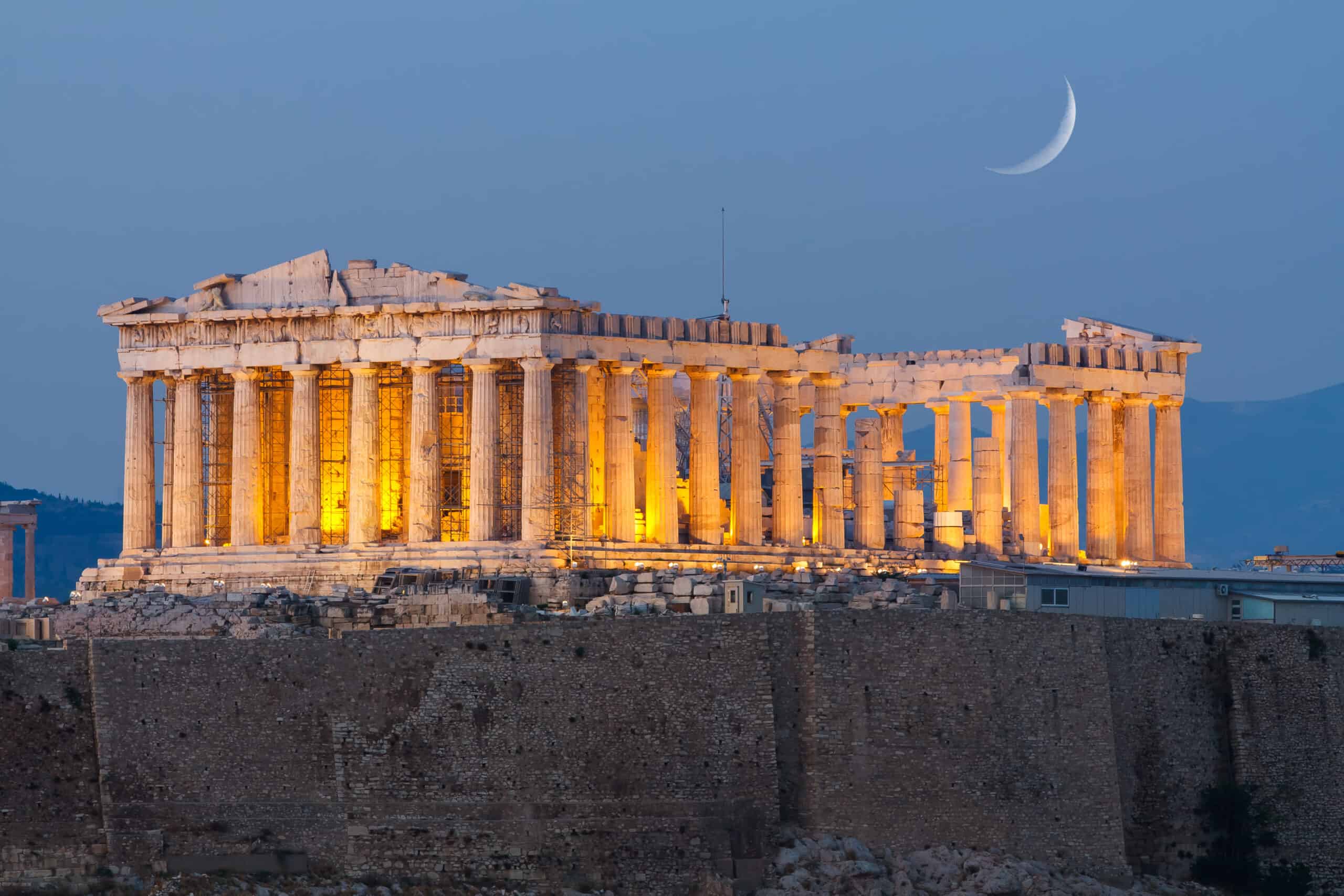
The Parthenon stands as a symbol of ancient Greece’s artistic and architectural prowess. Built in 447 BC on the Acropolis of Athens, it was dedicated to the goddess Athena. Its use of Doric columns and intricate sculptural details, particularly the frieze and metopes, showcases a mastery of classical design. The precision with which the Parthenon was constructed is astonishing, as subtle curves were intentionally designed to correct optical illusions. Despite enduring centuries of damage, its remains still embody the ideals of symmetry, harmony, and beauty.
The Alhambra, Granada, Spain
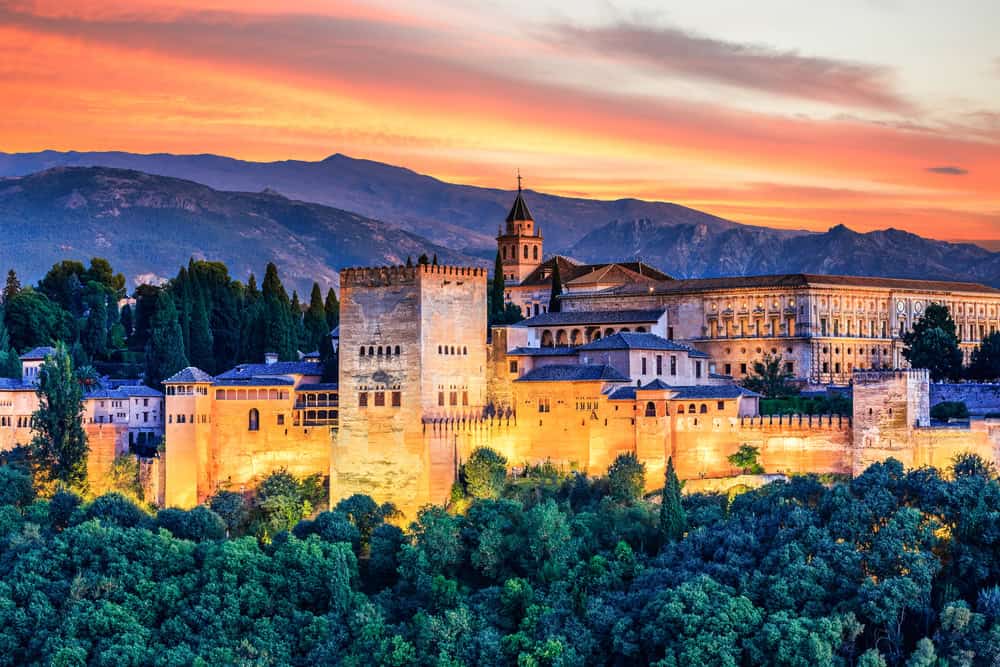
The Alhambra is a stunning example of Moorish architecture, blending Islamic art with Andalusian design. Constructed in the 13th century, this palace complex boasts intricately carved stucco, detailed tile work, and tranquil courtyards. Its breathtaking use of geometry and water elements, particularly in the Court of the Lions, sets it apart as a marvel of aesthetic and functional design. The Alhambra’s rich history as a fortress, royal palace, and later a Christian court, adds to its significance and allure.
The Sagrada Familia, Barcelona, Spain
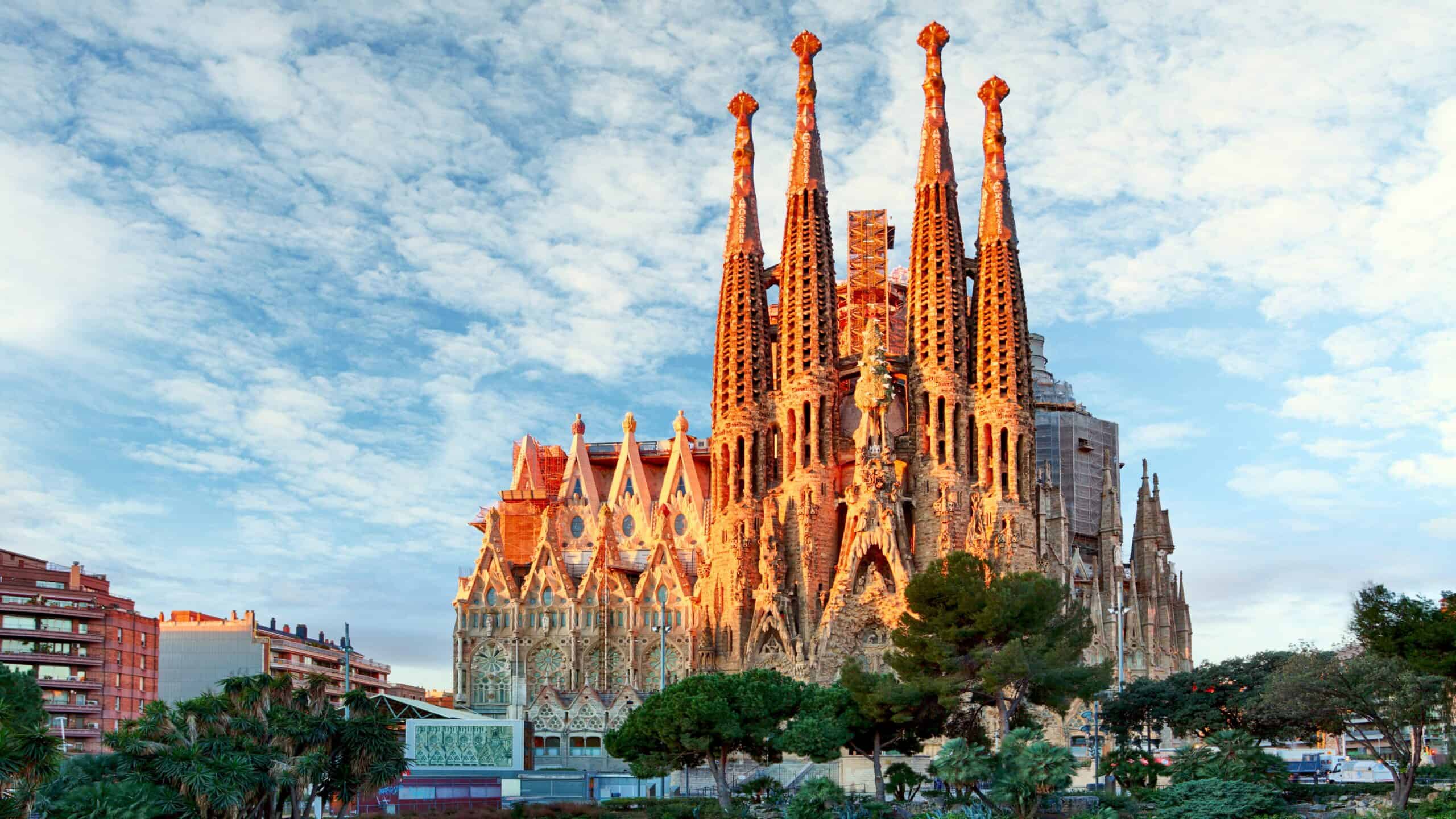
The Sagrada Familia is a masterpiece of modernist architecture, designed by Antoni Gaudí. Begun in 1882 and still under construction, this basilica defies traditional church design with its organic forms and elaborate facades. The exterior is adorned with detailed carvings that depict biblical stories, while the interior is filled with vibrant stained glass that bathes the space in color. Gaudí’s vision of blending nature with architecture makes the Sagrada Familia one of the most unique and ambitious projects ever undertaken.
Petra, Jordan
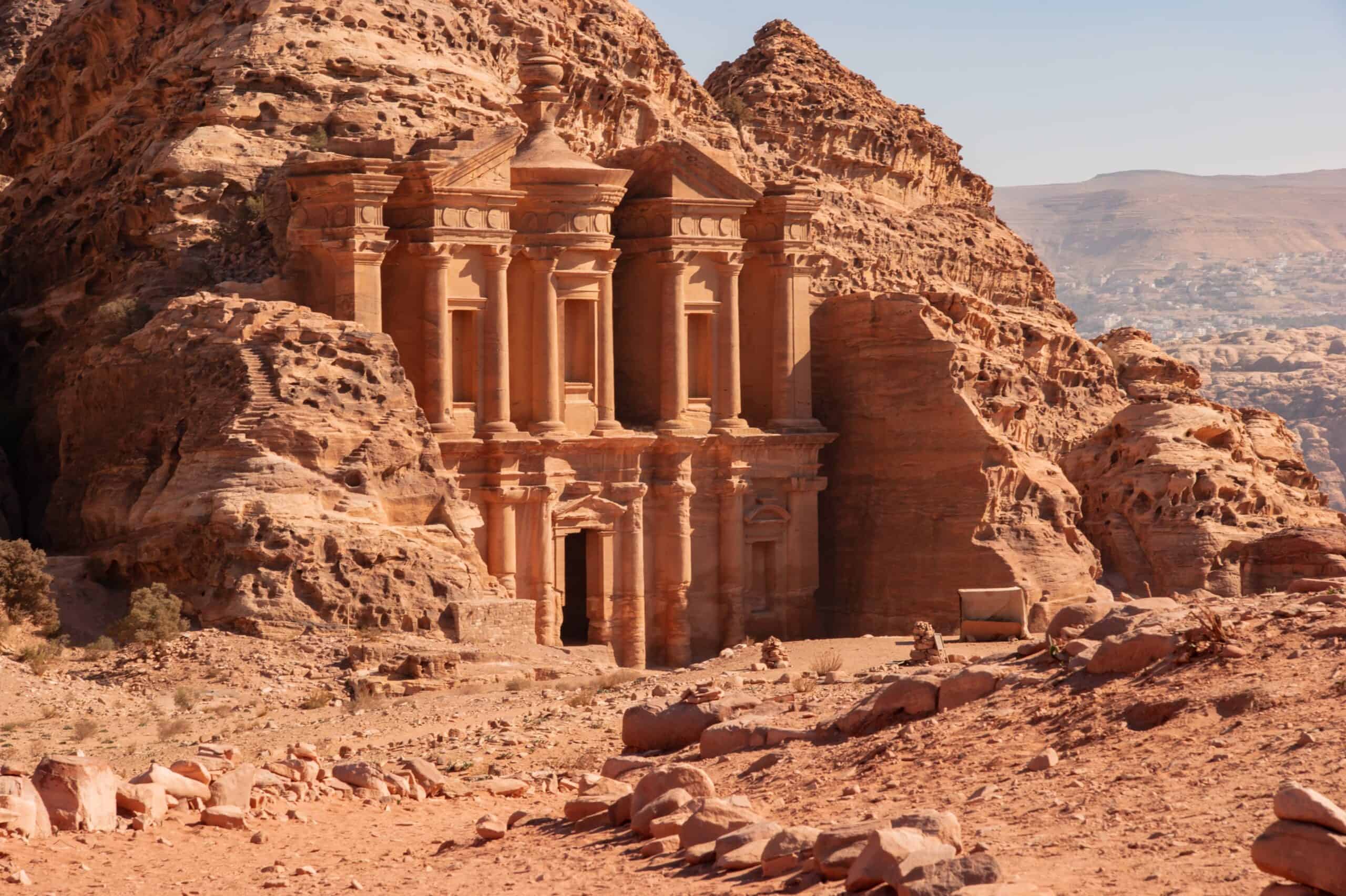
Petra, often called the “Rose City,” is an ancient city carved directly into the red sandstone cliffs of southern Jordan. Established as the capital of the Nabataean Kingdom around the 4th century BC, it became a key trading hub. Its most iconic structure, the Treasury (Al-Khazneh), impresses with its detailed façade and massive scale. Petra’s sophisticated water management system and hidden tombs make it an architectural marvel that has stood the test of time, attracting explorers and historians alike.
The Burj Khalifa, Dubai, UAE
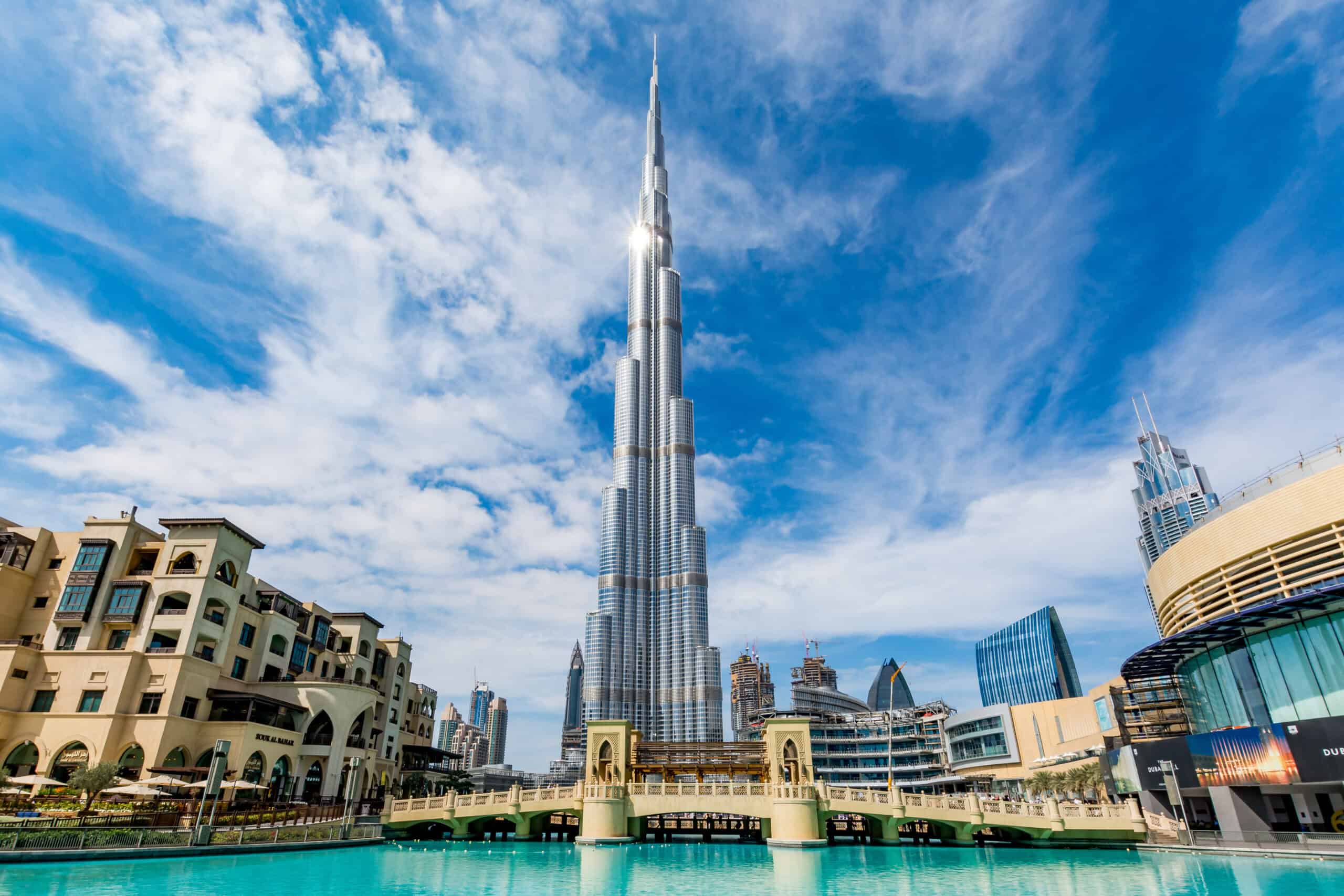
The Burj Khalifa redefines modern skyscraper engineering. Standing at a staggering 2,717 feet, it is the tallest building in the world. Its design, inspired by the Hymenocallis flower, incorporates Y-shaped floor plans to reduce wind resistance and maximize views. Built with reinforced concrete and steel, the Burj Khalifa is an architectural marvel of innovation, housing residential, commercial, and leisure spaces. Its sleek design and record-breaking height have become a symbol of Dubai’s ambition and futuristic vision.
The Sydney Opera House, Sydney, Australia
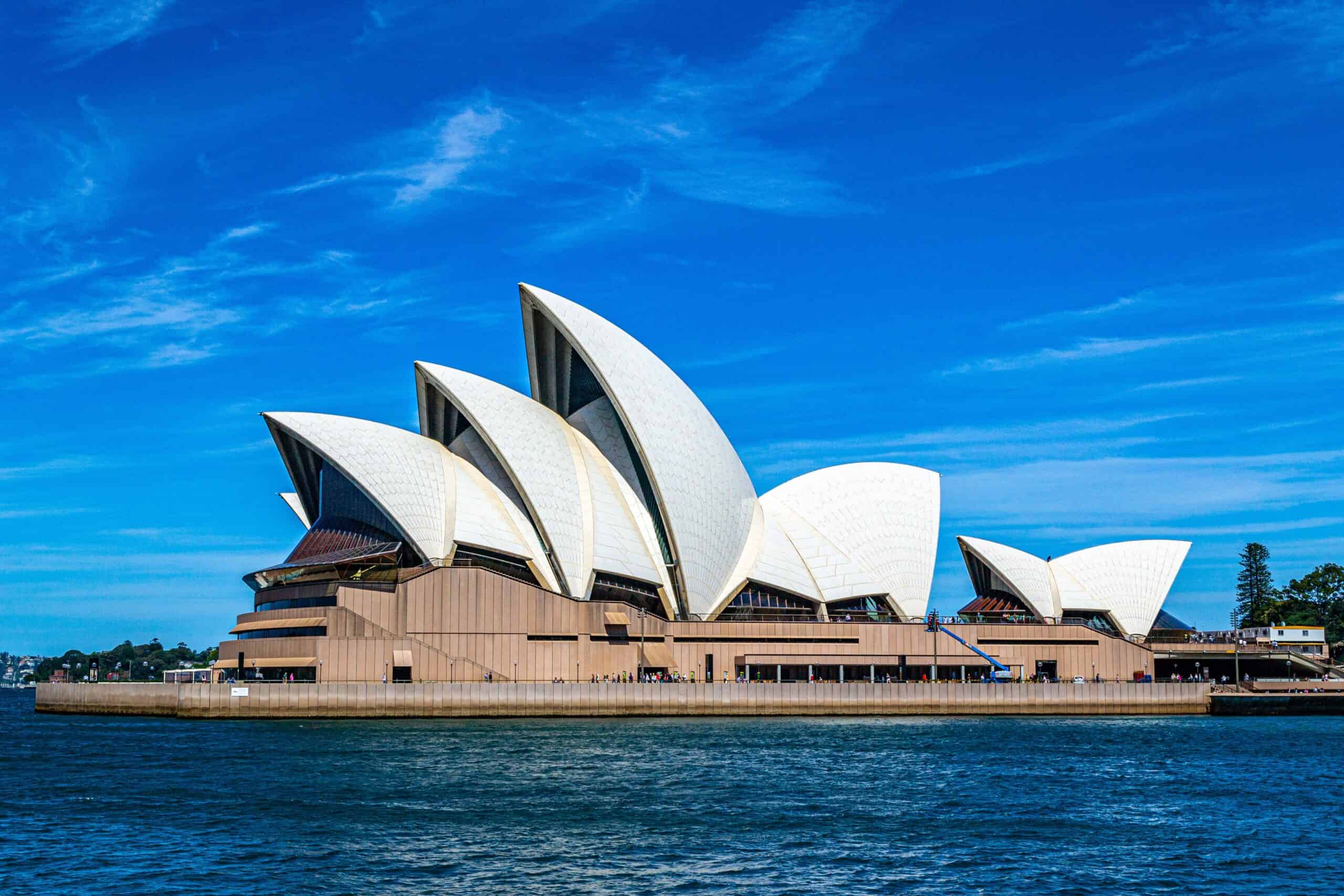
The Sydney Opera House is an iconic symbol of modern architecture. Designed by Danish architect Jørn Utzon, it opened in 1973 and is known for its unique, sail-like shell structures. Located on the waterfront, it blends harmoniously with the harbor’s surroundings. The building’s innovative design and engineering pushed the boundaries of construction techniques at the time. Today, it stands as a world-renowned cultural landmark, hosting performances and exhibitions year-round.
The Brooklyn Bridge, New York City, USA
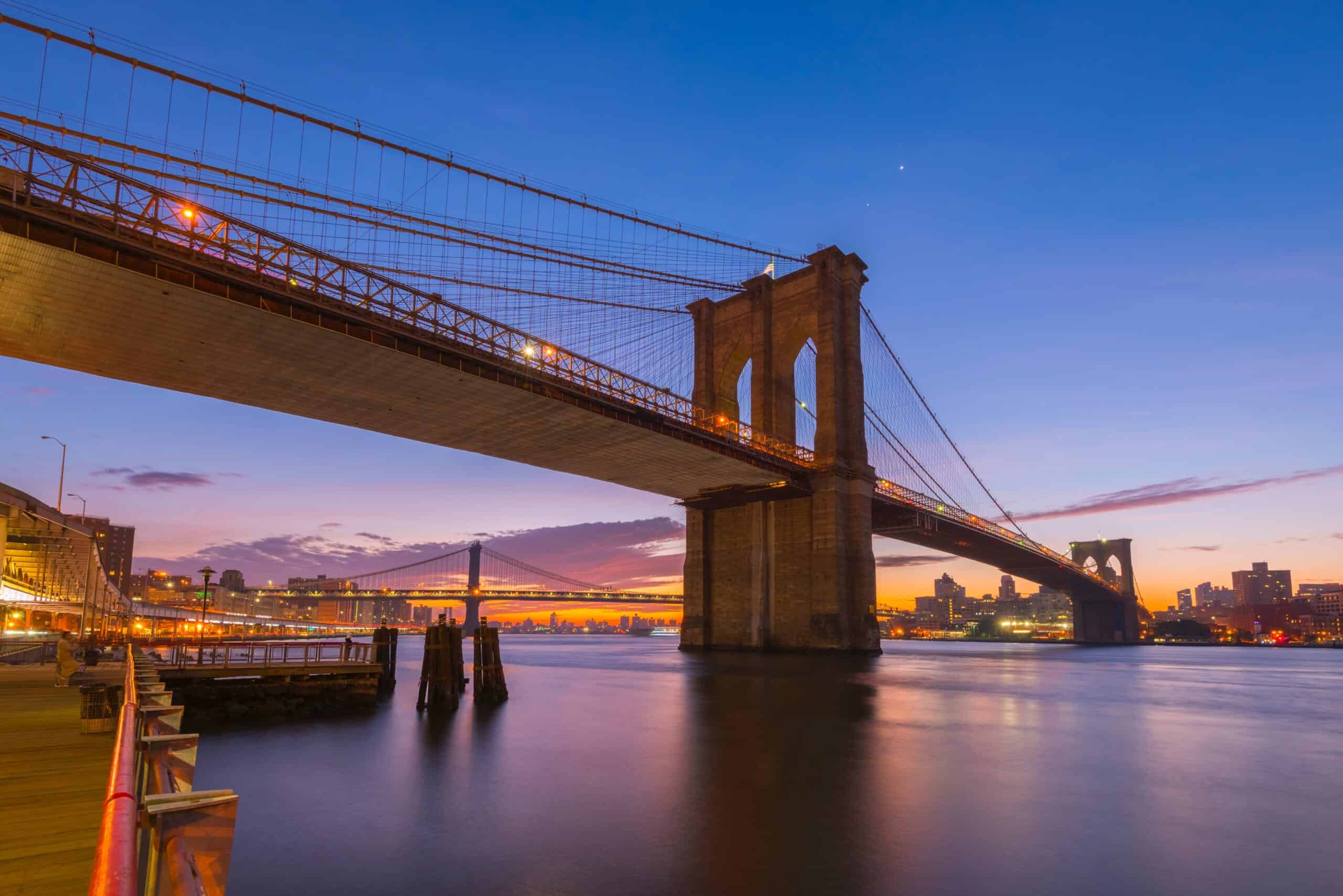
The Brooklyn Bridge was a groundbreaking achievement in suspension bridge engineering when completed in 1883. Spanning the East River, it connects Manhattan and Brooklyn with a central span of 1,595 feet. Its Gothic-style towers, made from limestone, granite, and cement, are both visually striking and functional, supporting the bridge’s suspension cables. The Brooklyn Bridge set new standards for bridge construction and became a symbol of progress and urban connectivity, solidifying its place in architectural history.
The Forbidden City, Beijing, China
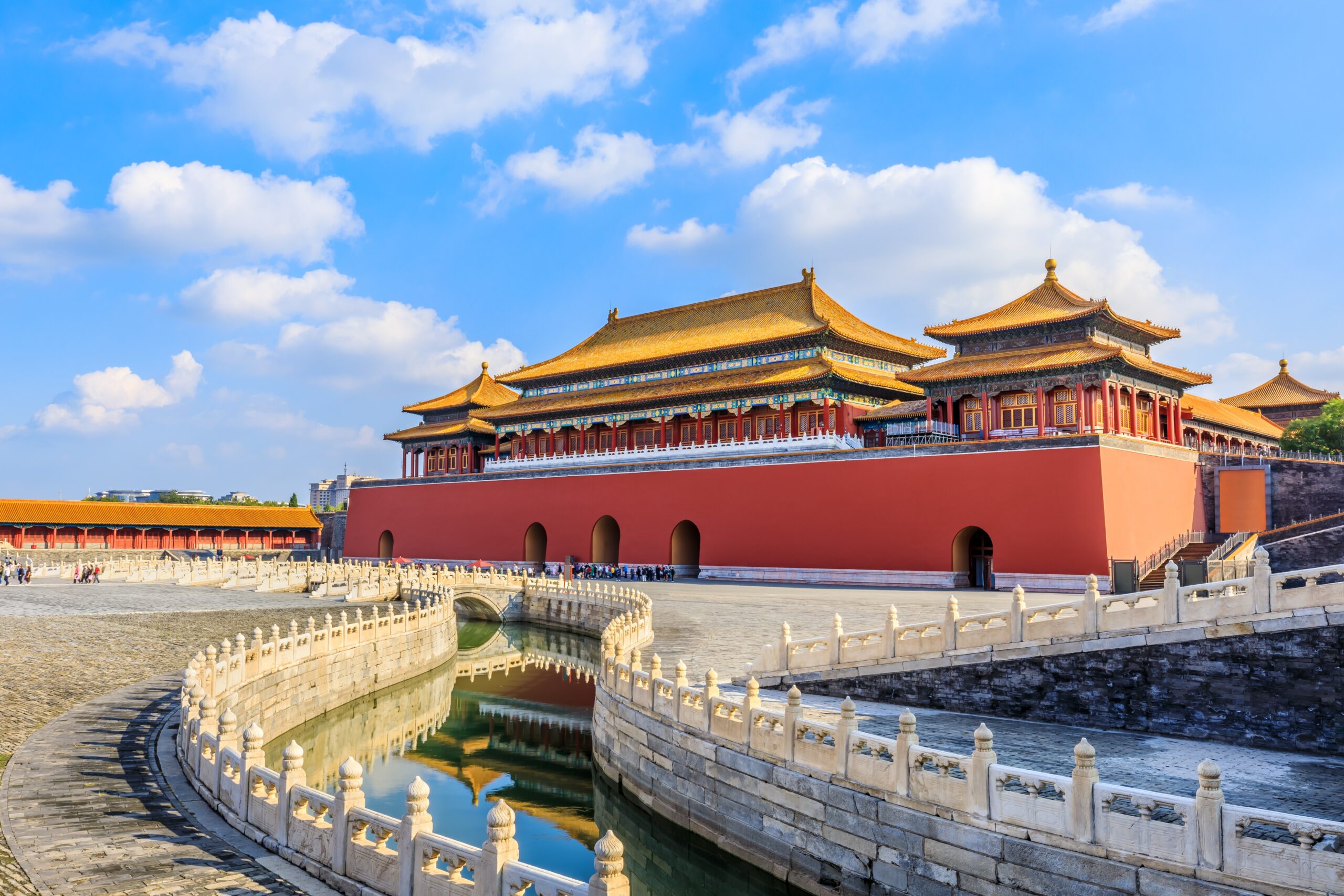
The Forbidden City, located in the heart of Beijing, served as the imperial palace for Chinese emperors from the Ming to the Qing dynasty. Built between 1406 and 1420, the sprawling complex covers 180 acres and includes over 900 buildings. Its design reflects traditional Chinese architecture, with intricate wooden structures, golden roofs, and vast courtyards. The palace was the center of political power for nearly 500 years and remains one of the best-preserved palaces in the world, symbolizing the grandeur and authority of China’s imperial past.
The Shwedagon Pagoda, Yangon, Myanmar
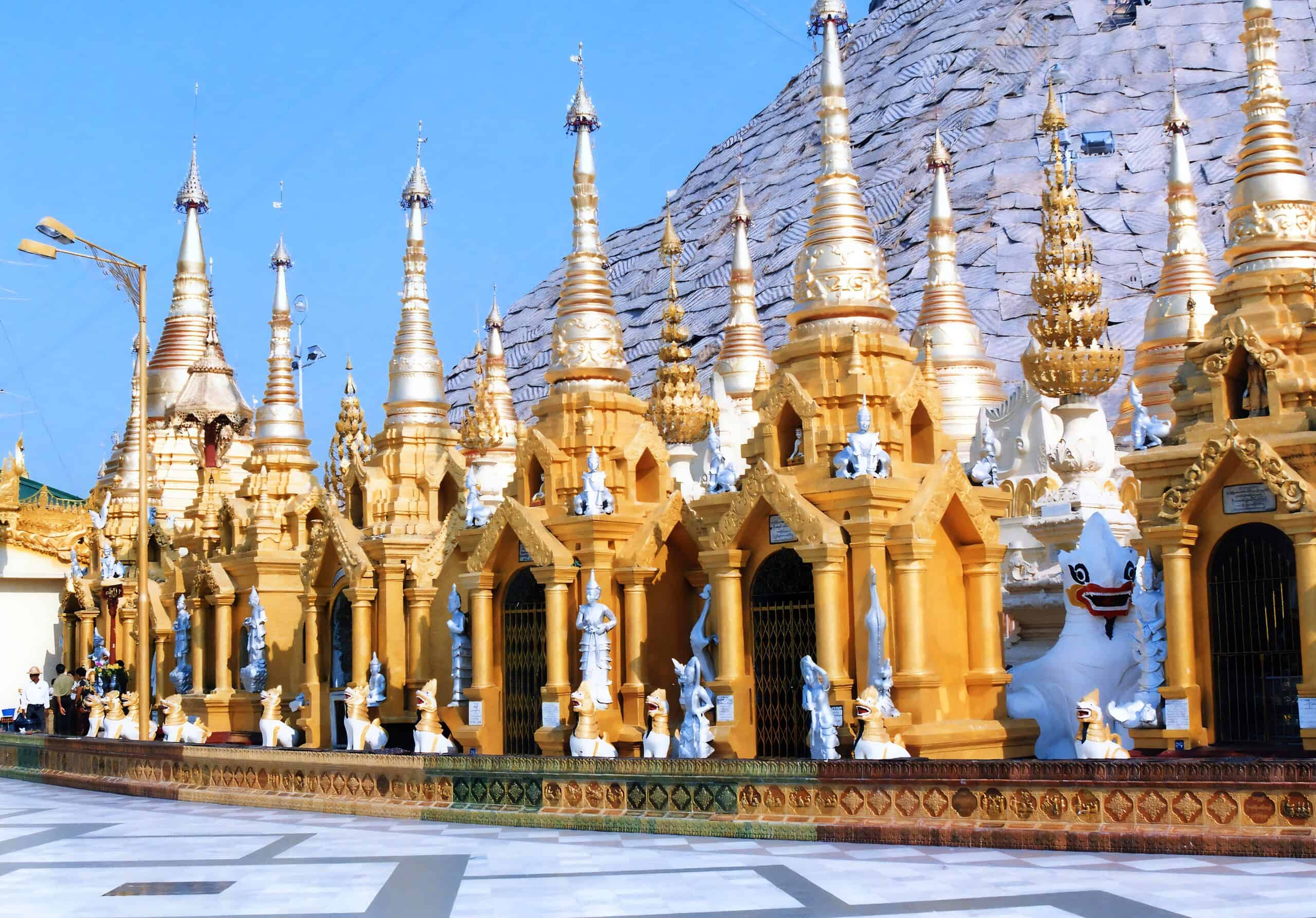
The Shwedagon Pagoda is one of the most revered Buddhist sites in Myanmar, standing 326 feet tall and adorned with gold leaf and precious gems. Believed to be over 2,500 years old, the pagoda houses relics of four Buddhas, making it a deeply spiritual and significant landmark. Its central stupa is surrounded by smaller shrines and statues, creating a serene and sacred atmosphere. The pagoda’s shimmering beauty and spiritual importance have made it a symbol of Myanmar’s religious devotion and cultural heritage.
The Pantheon, Rome, Italy
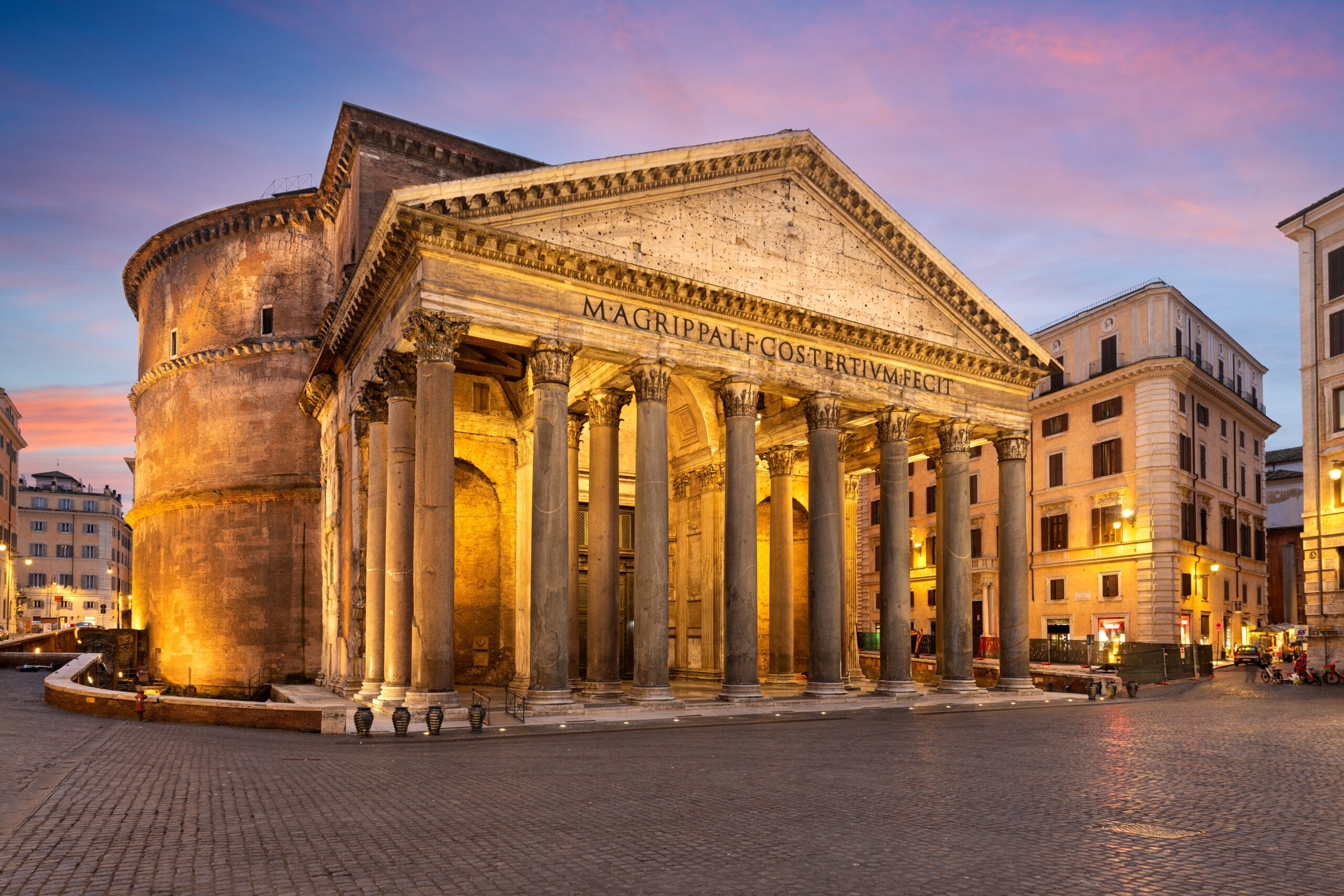
The Pantheon in Rome is a masterpiece of ancient Roman engineering and architecture. Originally built as a temple for all gods, it was completed around 126 AD during the reign of Emperor Hadrian. Its most remarkable feature is the massive dome, which remains the largest unreinforced concrete dome in the world. The oculus at its center allows natural light to flood the interior, creating a sense of openness and divine connection. The Pantheon’s perfect proportions and innovative construction techniques continue to inspire architects worldwide.
St. Peter’s Basilica, Vatican City
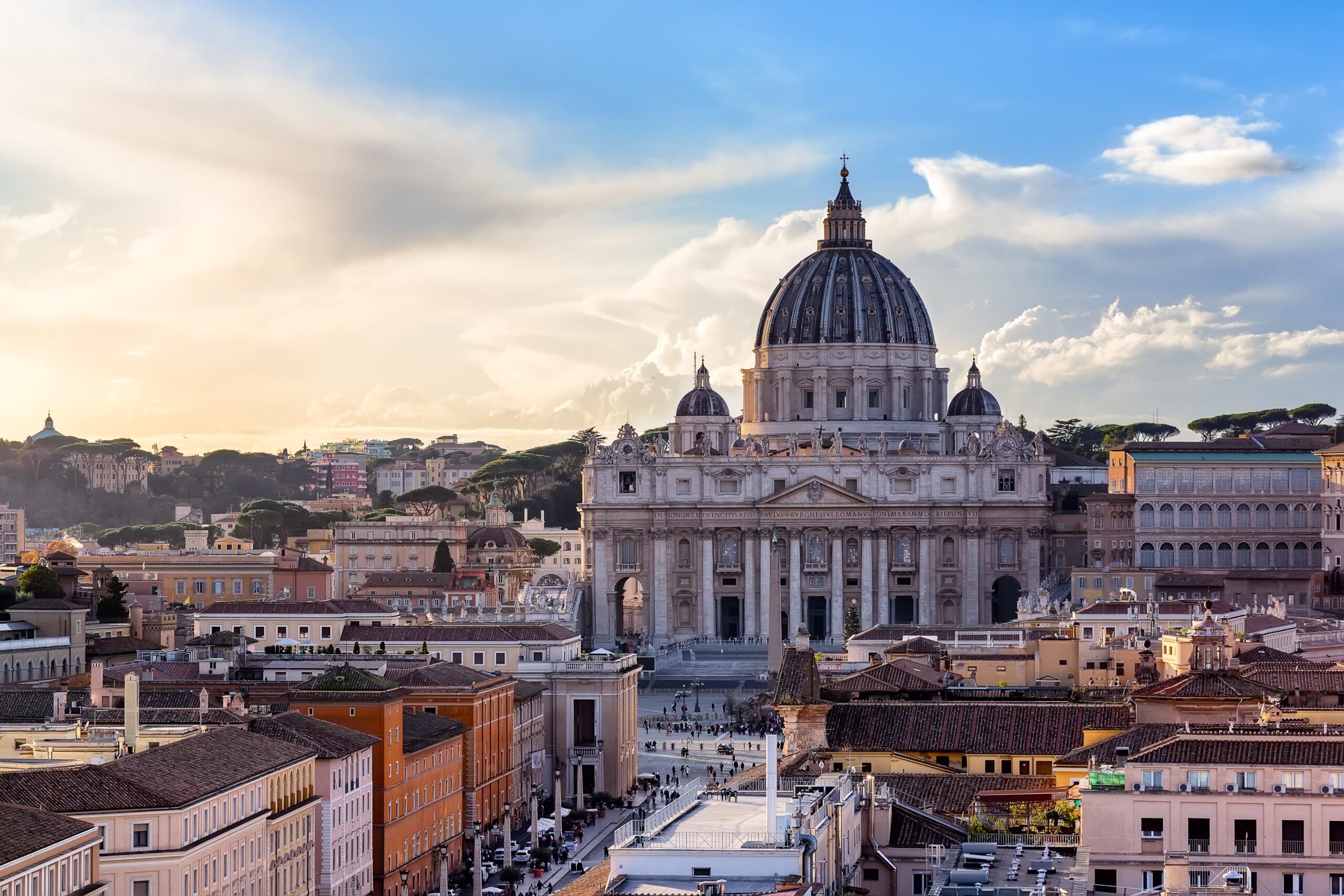
St. Peter’s Basilica is the largest church in the world and a significant symbol of the Catholic Church. Designed by Renaissance masters including Michelangelo and Bernini, it was completed in 1626. Its iconic dome, which dominates the Vatican skyline, was designed by Michelangelo and remains an architectural marvel. Inside, the basilica is filled with intricate sculptures, mosaics, and frescoes. St. Peter’s Basilica is both a spiritual center and a monumental feat of Renaissance art and architecture.
The Leaning Tower of Pisa, Pisa, Italy
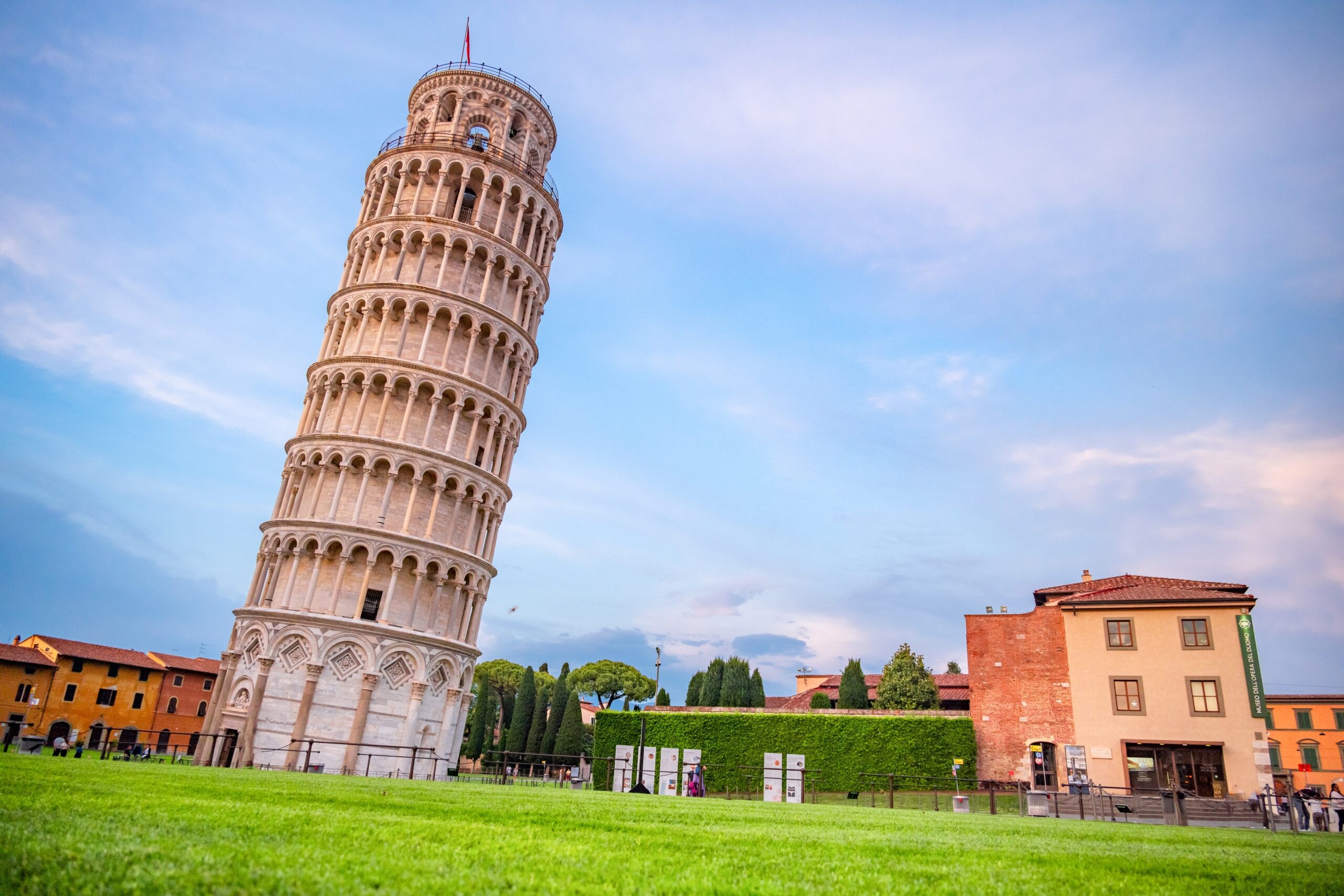
The Leaning Tower of Pisa is famous worldwide for its unintended tilt, which began during its construction in the 12th century. Standing 185 feet tall, this freestanding bell tower is part of Pisa’s cathedral complex. Despite efforts to stabilize the structure, the tilt has become its defining characteristic. The tower’s Romanesque design and white marble exterior add to its visual appeal. The Leaning Tower of Pisa remains an iconic symbol of architectural imperfection and resilience.
The Palace of Versailles, Versailles, France
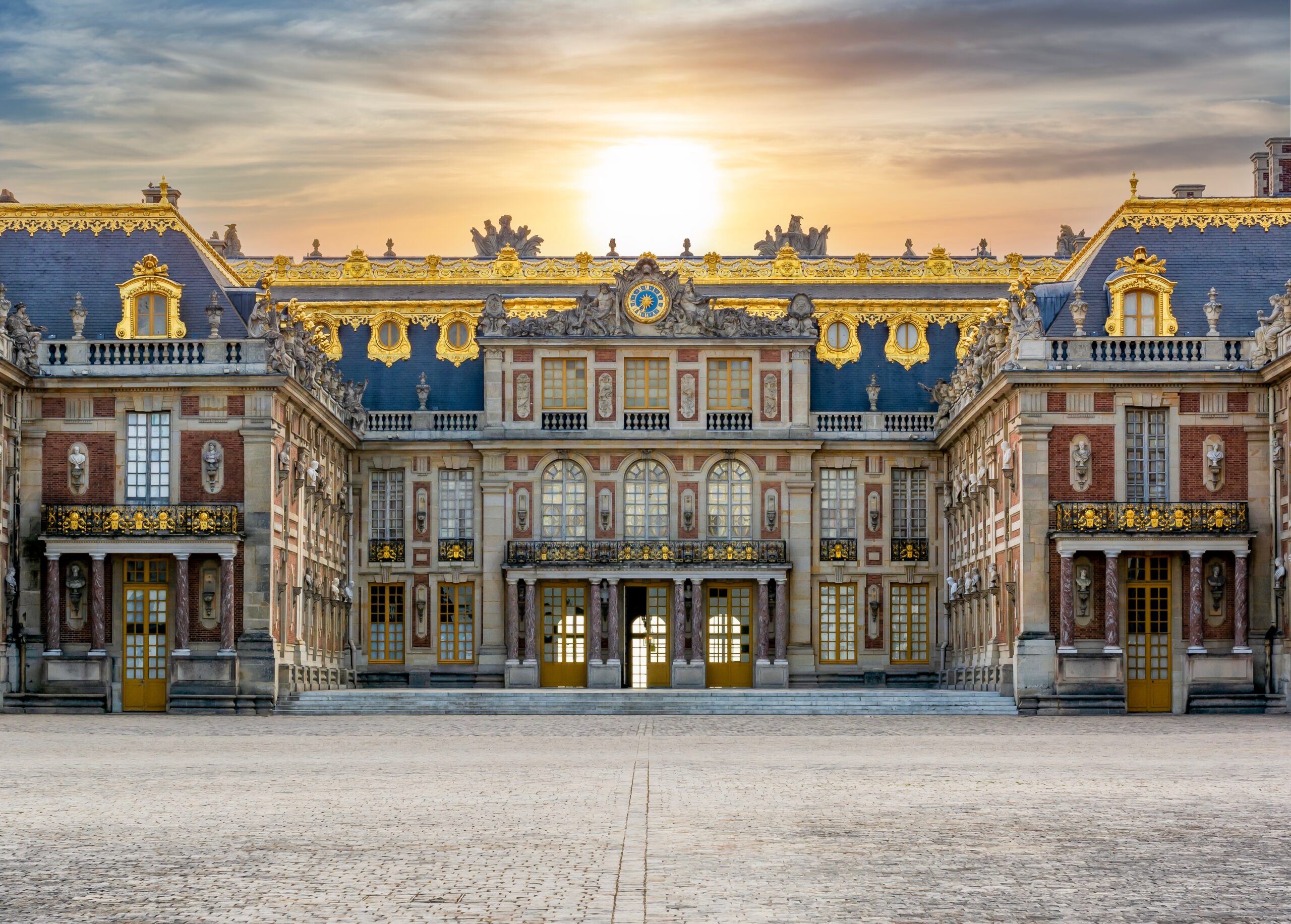
The Palace of Versailles is an opulent symbol of French royalty, commissioned by King Louis XIV in the 17th century. The palace is renowned for its grandeur, with lavishly decorated rooms, expansive gardens, and the stunning Hall of Mirrors. Its Baroque architecture and intricate interiors reflect the wealth and power of the French monarchy. Originally a hunting lodge, Versailles grew into one of the most luxurious and influential royal residences in Europe, embodying the height of French artistic and cultural achievement.
The Florence Cathedral (Il Duomo), Florence, Italy
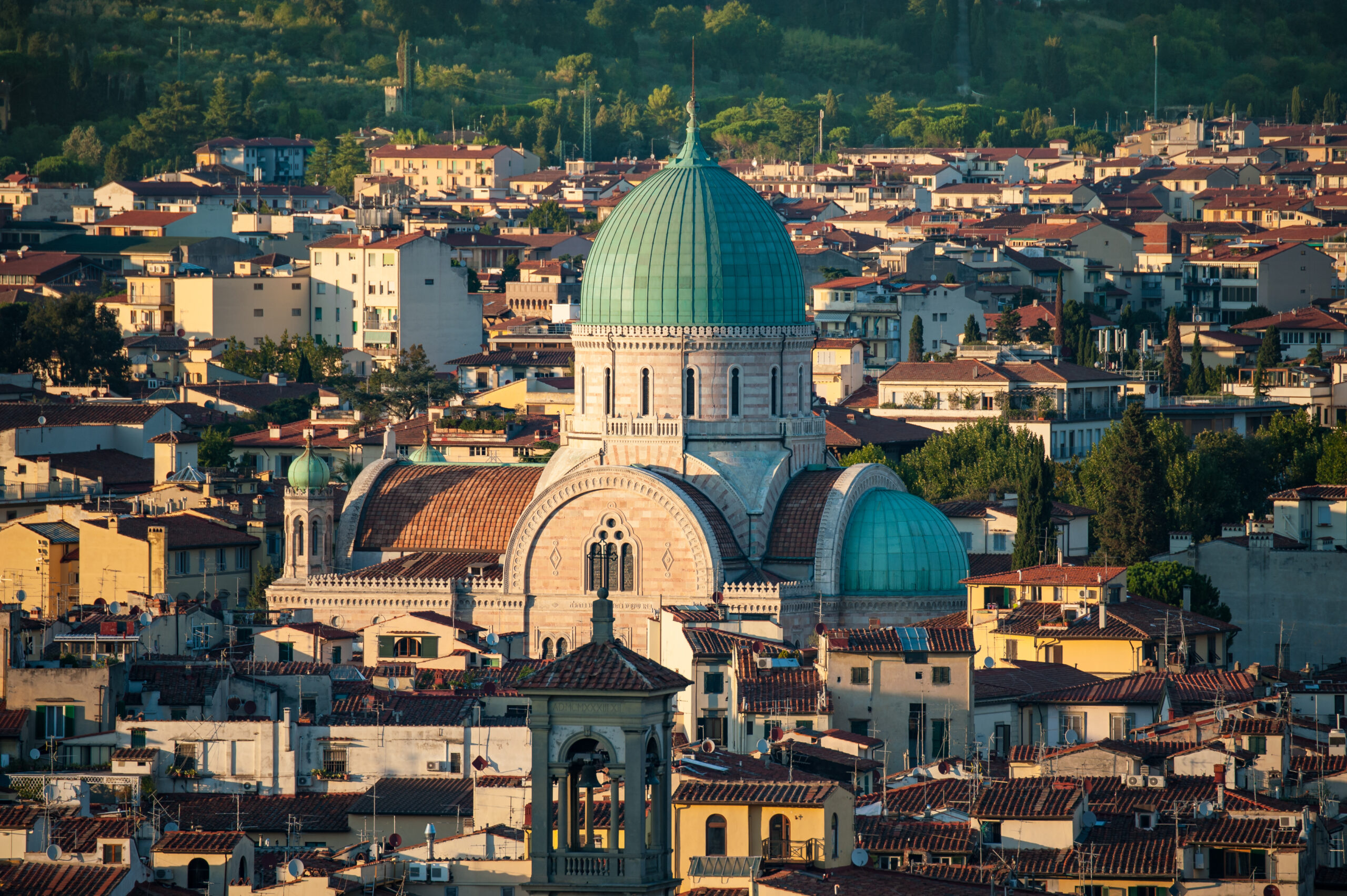
The Florence Cathedral, or Il Duomo, is a remarkable example of Gothic architecture and Renaissance engineering. Completed in 1436, its crowning feature is the massive dome designed by Filippo Brunelleschi, which was an architectural breakthrough at the time. The cathedral’s façade is adorned with intricate marble panels in shades of green, pink, and white. Il Duomo remains an iconic symbol of Florence and a testament to the city’s rich artistic and architectural heritage.
This article originally appeared on Rarest.org.
More from Rarest.org
11 Most Remote Islands That Are Surprisingly Inhabited

Remote islands capture the imagination with their isolation and rugged beauty. Surprisingly, many of these far-flung places are inhabited, despite their challenging locations. Read More.
10 Endangered Cultural Practices Preserved by Indigenous Tribes

Indigenous tribes around the world hold a wealth of cultural practices that have endured for generations. Read More.
14 Iconic Road Trips That Take You Through Stunning Countryside

Exploring the countryside by car offers an unmatched sense of freedom and discovery. Read More.
